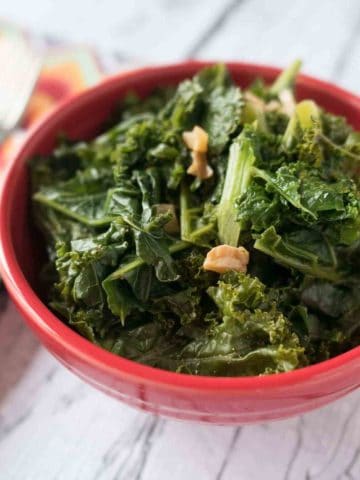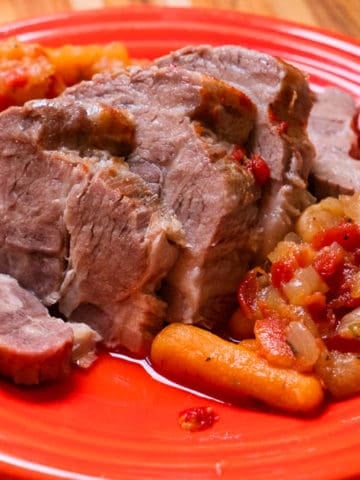Last year, I shared my personal philosophy towards fish in my Sustainable Seafood post. I just finished reading a book that helped expand my knowledge about fish, and the challenges we have ahead of us.
Four Fish: The Future of the Last Wild Food by Paul Greenberg is an entertaining, sobering, in-depth, and practical look at fish and sustainability.
Mr. Greenberg focuses on the four fish that predominate in the modern fish market: Salmon, Tuna, Bass and Cod. He shows how fishing for each of these species has advanced across human history, and the problems and successes we have had with their sustainability. Don't be fooled by this summary - the book isn't just history and environmentalism. Mr. Greenberg approaches fish from his viewpoint as an enthusiastic amateur fisherman. Four fish is a fascinating view of today's world of fishing, with stories of the people who catch and farm our fish. And, as a fisherman, Mr. Greenberg feels he has to catch these fish himself, and his personal fish tales are some of the best parts of the book.
In the book, he answers questions like: Why is wild Alaskan seafood sustainable, but wild bluefin tuna almost certainly doomed to extinction? Why did striped bass start appearing on every restaurant menu at the same time? Why is farmed salmon a bad idea, and why are attempts to farm bluefin tuna are even worse? The answer to the last one, in a nutshell: feed conversion ratios. It takes three pounds of wild fish to grow one pound of wild salmon, and tuna is much worse. But he's not against fish farming. He makes a strong case for it, as long as we pick fish that lend themselves to farming, like tilapia and barramundi.
What I really like about the book is that he doesn't just throw his hands up and say "That's it, fish are doomed. Get used to eating chicken." He has thought through the problem, and investigated what is working in the world today. Mr. Greenberg has some good suggestions on where we need to go to have fish in the future. His conclusion is that we have to change our view of fish. Instead of viewing all fish as an inexhaustible bounty, and driving them into extinction, we have to view them as two different types of fish.
The first type is wild fish. Some wild fish are sustainable, if caught in a well managed way. Alaskan salmon and halibut are the best examples of this; Alaska has a good track record for sustainable fishing. But we have to stop treating wild fish like commodities; we have to view them as a delicacy, as wildlife, and not a factory food source. Mr. Greenberg suggests a model similar to what we use with Maine lobsters, where licenses help fishermen take the long view. Their license is worth more if they support the environment the lobsters are in, do not over fish them, and therefore have a better harvest in the future. They take of the fishery, and over time, their license is worth more. Will this make wild fish more expensive? Yes. But if we want them to be available to eat in the future, we have to start treating them as a delicacy. Copper River salmon is a good example; high quality wild fish that is expensive, but worth it.
*Mr. Greenberg explains this as the dilemma with bluefin tuna. They are so far-ranging that it is impossible for one government to set limits on their catch. Everyone wants their piece of the pie. We (the US) could set limits, but there are so many countries that have a legitimate claim to tuna that it wouldn't matter. Tuna fishing is every man for himself, with the tuna on the losing end. Wild salmon works better, because one government (US/Alaska) has control over the breeding grounds and a lot of their natural range.
His second type is farmed fish. Right now, our farmed fish are chosen because the wild version is popular, not because it is a good choice for farming. Again, see farmed salmon; we farm it because it is popular, not because it makes sense. Mr. Greenberg suggests we focus on fish that it makes sense to farm, fish that are good at being sustainably farmed. (In other words - fish that have low feed conversion ratios, that breed well in captivity, and that don't cause problems with waste or disease. Fish that do well in closed system farms are particularly good for farming.) These fish can be treated as commodities, and as the generic "fish" that can be used as cheap protein for the vast majority of our fish purchases. He likens it to the animals we have chosen to farm - beef, pork, poultry, lamb - where we have, over time, picked the handful of species that work well as human food sources. We need to go through the same process with fish, using modern knowledge instead of centuries of trial and error. As I mentioned above, tilapia and barramundi are two good examples of this.
I'm going to follow Paul Greenberg's advice. This week, I'll be sharing recipes for tilapia and barramundi, two of the fish he highlights as good fish for farming. If you are interested in sustainable food, where your fish come from, an entertaining fish story, or all of these topics, get a copy of Four Fish.
Highly Recommended.
Related Posts:
Sustainable Seafood
Sauteed Tilapia with Brown Butter Sauce
Grilled Barramundi (Coming Thursday)
Four Fish: The Future of the Last Wild Food
*Enjoyed this post? Want to help out DadCooksDinner? Subscribe using your RSS reader or by Email, recommend DadCooksDinner to your friends, or buy something from Amazon.com through the links on this site. Thank you!





Comments
No Comments